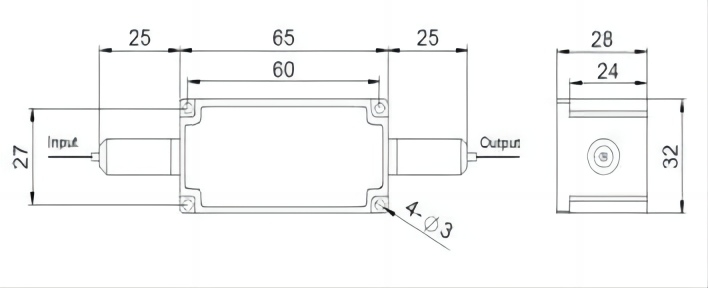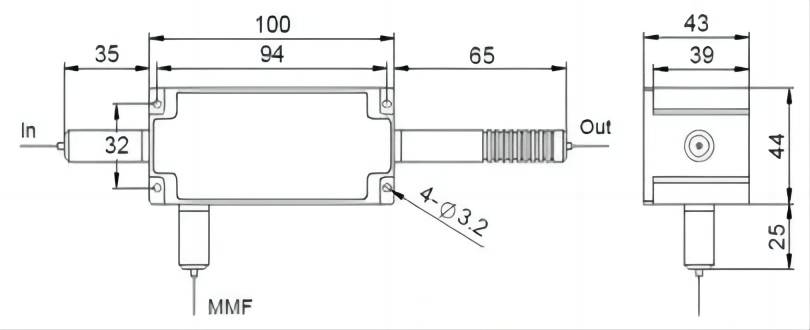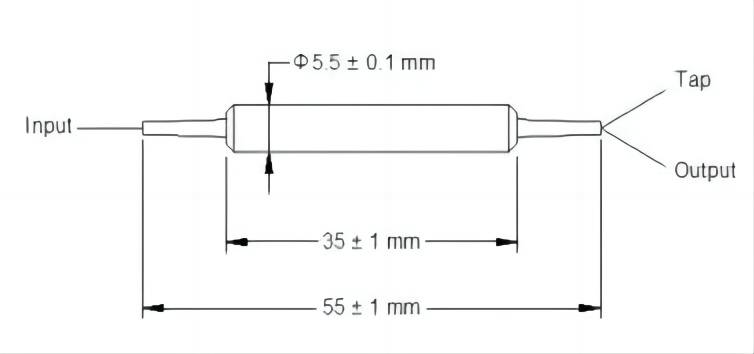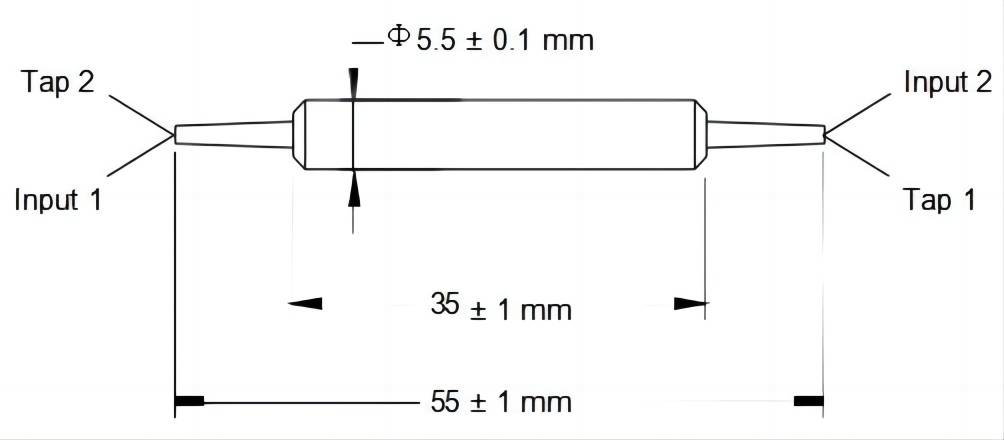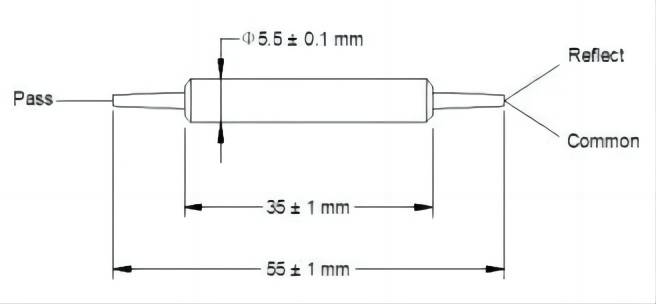Passive Components in Fiber Optic Networks
Fiber optic networks have revolutionized communication infrastructure, enabling the transmission of vast amounts of data over long distances with minimal signal degradation. Unlike traditional copper cables, which transmit electrical signals, fiber optic networks utilize light pulses to carry information. This shift necessitates specialized components to manage, manipulate, and distribute these light signals effectively. Here’s where passive components come into play – the silent workhorses that ensure the smooth operation of fiber optic networks.
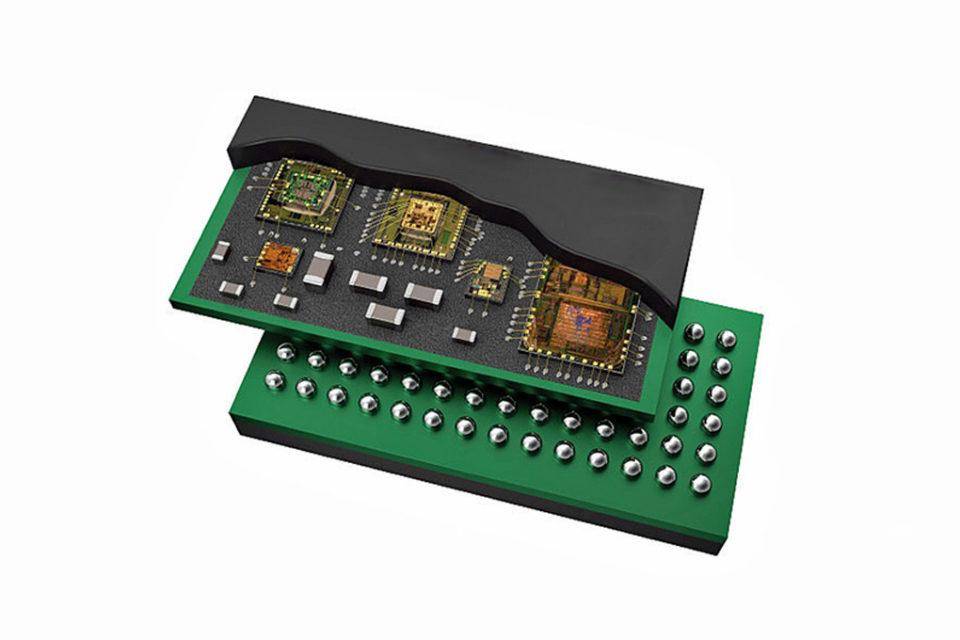
What are Passive Components?
Passive components, unlike their active counterparts, do not require an external power source to function. They achieve their purpose through the manipulation of light properties within the fiber optic cable itself. These components play a critical role in various aspects of a fiber optic network, including signal distribution, monitoring, and power management.
What are Passive Fiber Splitters and Couplers?
Passive fiber splitters and couplers form the backbone of signal distribution within a fiber optic network. Both components share the ability to divide or combine light signals traveling through optical fibers. However, there are subtle distinctions in their functionalities.
- Passive Fiber Splitters: These components take a single incoming light signal and divide it into multiple identical outgoing signals. The splitting ratio, which determines the proportion of light directed to each output port, can be configured based on network requirements.
- Passive Fiber Couplers: Couplers, on the other hand, can function in two ways. One is they can combine light signals from multiple input fibers into a single output fiber. On the contrary, they can split a single incoming signal and distribute it to multiple output fibers with a predetermined ratio.
The splitting or combining mechanism within both components relies on fundamental optical principles. Light traveling through an optical fiber core can be divided or combined based on techniques like evanescent coupling or directional couplers.
Types of Passive Splitters and Couplers
There are two primary technologies employed in the construction of passive splitters and couplers:
- Planar Lightwave Circuit (PLC) Splitters: These splitters utilize a planar waveguide chip fabricated using micromachining techniques. The light signal enters the chip and is divided through a series of precisely designed waveguides, resulting in multiple outputs. PLC splitters offer high accuracy in splitting ratios, low insertion loss (signal power reduction), and excellent uniformity across all outputs, making them ideal for applications demanding high performance.
- Fused Biconic Couplers (FBCs): FBCs are constructed by physically fusing two optical fibers together over a short length. This creates a coupling region where a portion of the light signal from one fiber leaks into the other. The design of the coupling region determines the splitting ratio. FBCs are a simpler and more cost-effective alternative to PLC splitters, but they may exhibit higher insertion loss and lower splitting ratio uniformity compared to their PLC counterparts.
Applications of Passive Splitters and Couplers
Passive splitters and couplers find numerous applications in fiber optic networks, including:
- Fiber-to-the-Home (FTTH) Networks: These networks deliver high-speed internet access directly to residential subscribers. Splitters are employed to efficiently distribute a single optical signal from the service provider to multiple homes within a neighborhood.
- Passive Optical LANs (POLs): Passive splitters are utilized within local area networks (LANs) to connect multiple devices to a central switch or server. This allows for cost-effective network expansion without the need for additional active components.
- Optical Network Monitoring: Couplers are used to tap into a fiber optic cable to monitor signal strength and quality without interrupting data transmission on the main line.
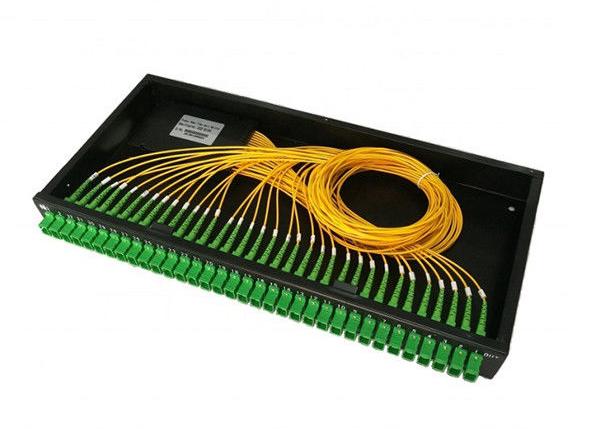
What are Passive Optical Receivers?
Passive optical receivers are another important component in fiber optic networks. Unlike active optical receivers that require an external power source to convert optical signals into electrical signals, passive optical receivers passively achieve this conversion.
Passive optical receivers utilize a phenomenon called photoelectric detection, in which certain materials convert light into current. In a passive optical receiver, the incident light signal is guided onto a photodiode, which is a semiconductor device that absorbs photons (light particles) and generates a current proportional to the received light intensity. Then the current can be further processed by electronic circuits to recover encoded data.
Applications of Passive Optical Receivers
Passive optical receivers are often used in conjunction with passive splitters in FTTH networks. A splitter distributes a single optical signal to multiple users. At each user’s location, the passive optical receiver converts the weak light signal received into an electrical signal that can be used by its electronic devices.
The passive characteristics of passive optical receivers provide significant advantages, including:
- Lower cost: Compared to active optical receivers, passive optical receivers do not require an external power supply, have a simpler design, and lower overall cost. This is particularly advantageous for large-scale deployments such as FTTH networks, as cost-effectiveness is the primary consideration.
- Reduced complexity: No external power supply and additional electronic circuits are required, simplifying the design and operation of passive optical receivers. This means an increase in reliability and a reduction in maintenance requirements.
- Compact size: The passive optical receiver does not need a bulky power supply, so it can be designed in a compact form factor. This is critical for space-constrained applications, such as user endpoints in FTTH deployments.
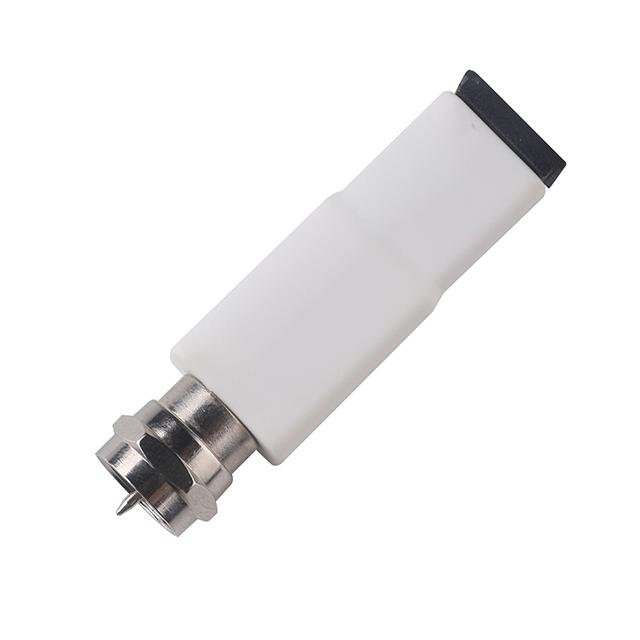
Passive Optical Amplifiers vs. Passive Components: Understanding the Differences
While passive components play a vital role in manipulating and distributing light signals, they cannot amplify the signal strength. In scenarios where the signal needs to be boosted over long distances to overcome signal attenuation, passive optical amplifiers come into play.
What are Passive Optical Amplifiers?
Passive optical amplifiers, unlike passive components, are active devices that require external power to function. They utilize a process known as stimulated emission to amplify the incoming light signal. This process involves introducing a population of excited atoms within a gain medium (typically a doped fiber) in the passive optical amplifier. When the incoming light signal interacts with these excited atoms, it stimulates them to release additional photons at the same wavelength, effectively amplifying the signal.
Why Use Passive Components Over Passive Optical Amplifiers in Certain Scenarios?
While passive optical amplifiers offer the advantage of signal amplification, passive components provide several benefits that make them the preferred choice in certain situations:
- Cost-Effectiveness: Passive components are significantly cheaper than passive optical amplifiers due to their simpler design and lack of power requirements. This cost advantage becomes crucial for large-scale deployments where numerous splitters or couplers may be needed.
- Simplicity: Passive components operate without the need for additional electronics or power management, making them inherently more reliable and easier to maintain compared to passive optical amplifiers.
- Lower Power Consumption: In applications where energy efficiency is a concern, passive components are a clear choice as they consume no additional power. This is particularly important for environmentally conscious network deployments.
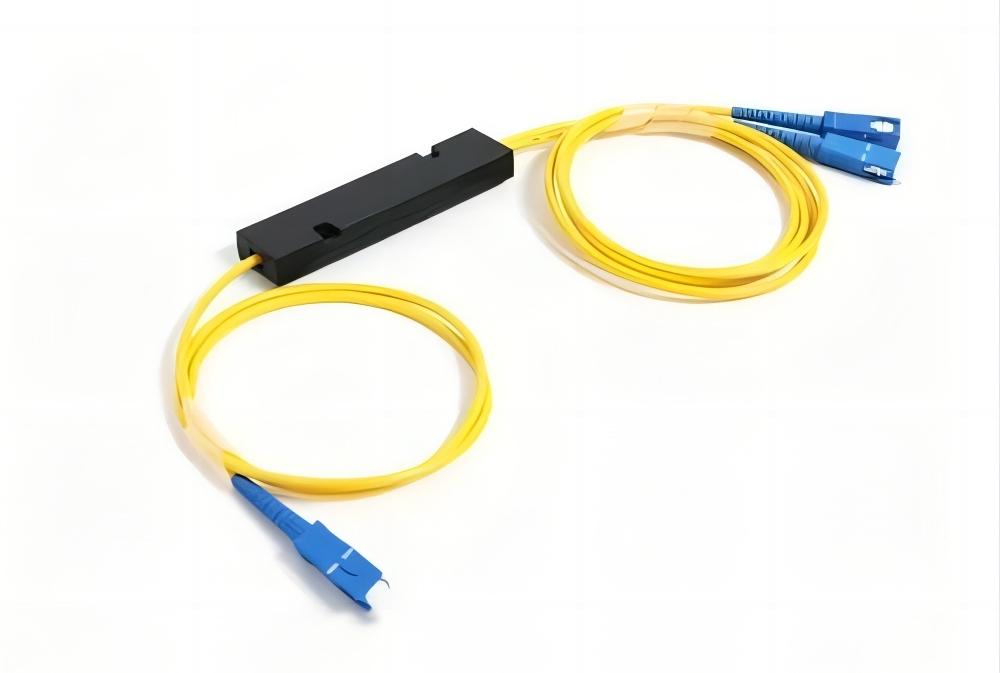
Conclusion
Passive components form the backbone of efficient signal distribution and manipulation within fiber optic networks. Passive fiber splitters and couplers enable cost-effective signal distribution to multiple users, while passive optical receivers convert light signals into electrical signals for further processing. These components offer significant advantages in terms of cost, simplicity, and reliability, making them indispensable for the successful operation of modern fiber optic communication infrastructure. While passive optical amplifiers play a role in amplifying signals over long distances, the advantages of passive components make them the preferred choice for a wide range of fiber optic network applications.

